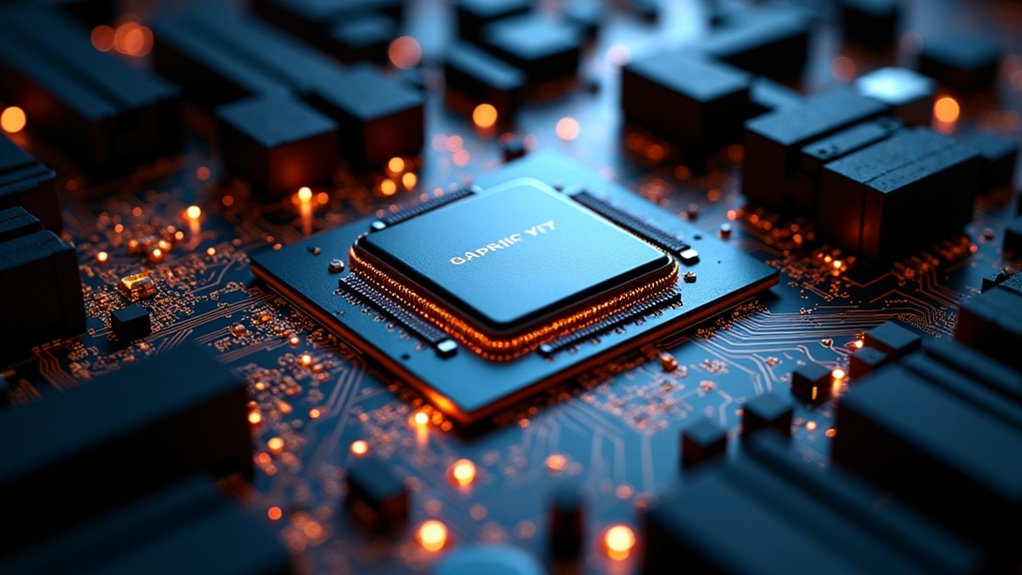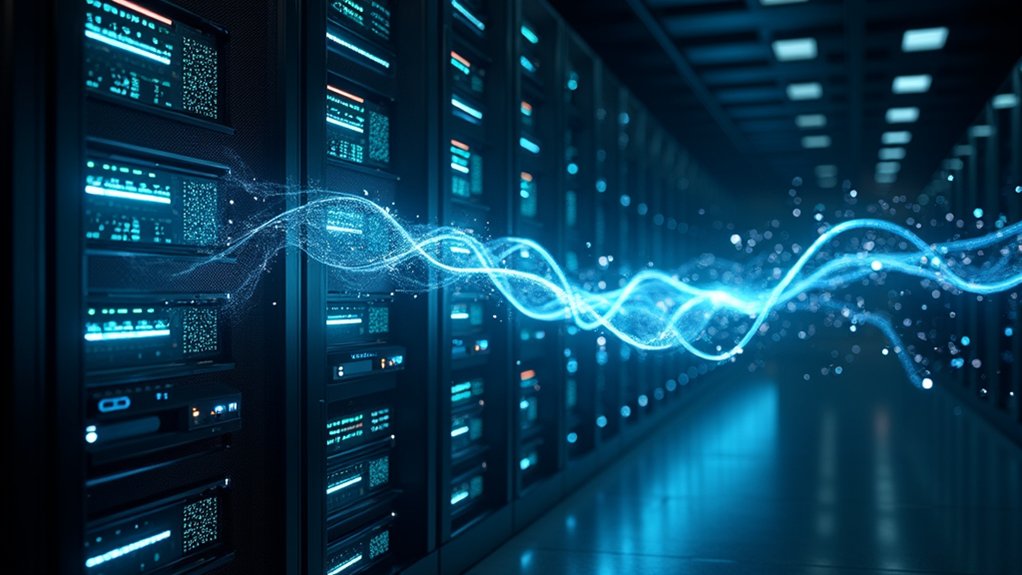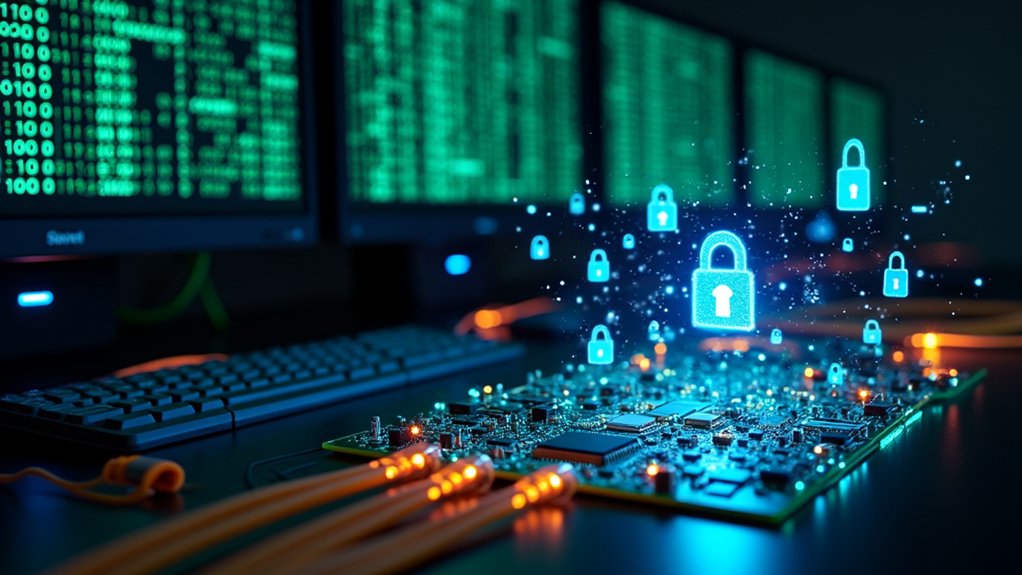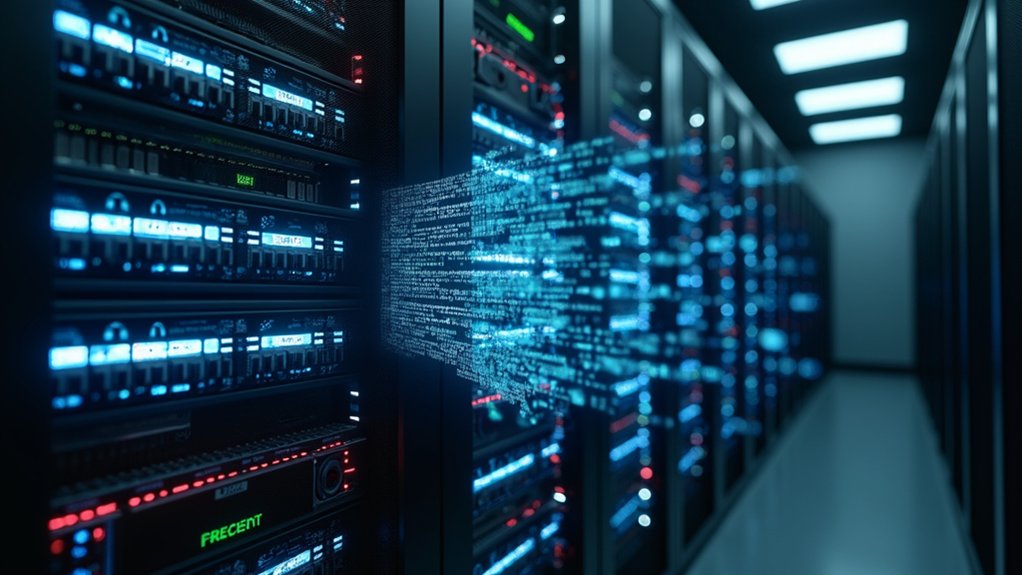Tensions between technological sovereignty and international commerce have intensified as China’s Cyberspace Administration summoned Nvidia representatives to address alleged security vulnerabilities in the company’s H20 artificial intelligence chips.
The formal inquiry, which occurred shortly after the United States lifted export restrictions on these processors, demonstrates China’s growing concern over foreign technology integration within its domestic infrastructure.
Chinese authorities demanded thorough documentation and technical explanations regarding potential backdoors in Nvidia’s hardware. These hidden access points could theoretically allow unauthorized remote control or monitoring by foreign entities without detection, officials argued.
The Cyberspace Administration particularly highlighted fears that such vulnerabilities might allow international actors to intercept sensitive user data, including personally identifiable information and corporate secrets stored on systems utilizing these chips.
Nvidia has categorically denied the existence of backdoors or secret remote access mechanisms within its processors. Yet, Chinese regulators remain skeptical, particularly given ongoing discussions in the United States regarding mandatory location-verification features for exported AI chips.
These proposed tracking capabilities have alarmed Chinese officials, who view them as potential surveillance vectors that could compromise national security operations.
The inquiry additionally addressed concerns about remote shutdown functionality, which could disable critical AI systems during sensitive moments.
Chinese statements stressed worries that foreign actors might possess the capability to trigger system failures across key sectors, including infrastructure and security functions dependent on artificial intelligence.
This scenario reflects broader anxieties about “kill switches” embedded within imported technology components.
User data exposure represents another significant concern for Chinese authorities, who fear that hardware-level vulnerabilities could facilitate unauthorized data harvesting or privacy breaches.
Government-corporate data sharing requirements in the United States contribute to these suspicions, as Chinese officials question whether American technology companies might be compelled to provide access to foreign governments.
The security investigation occurs within a broader context of escalating U.S.-China disputes over AI chip export controls and technology transfer restrictions. Previous export restrictions had cost Nvidia billions in lost revenue from its Chinese operations before the recent policy reversal.
The H20 processors represent modified versions designed for international markets, yet Chinese authorities remain unconvinced about their security integrity, potentially affecting Nvidia’s future market access and business operations within China’s substantial technology sector. The scrutiny aligns with China’s broader strategy to promote domestic chip companies as preferred alternatives to foreign suppliers.









